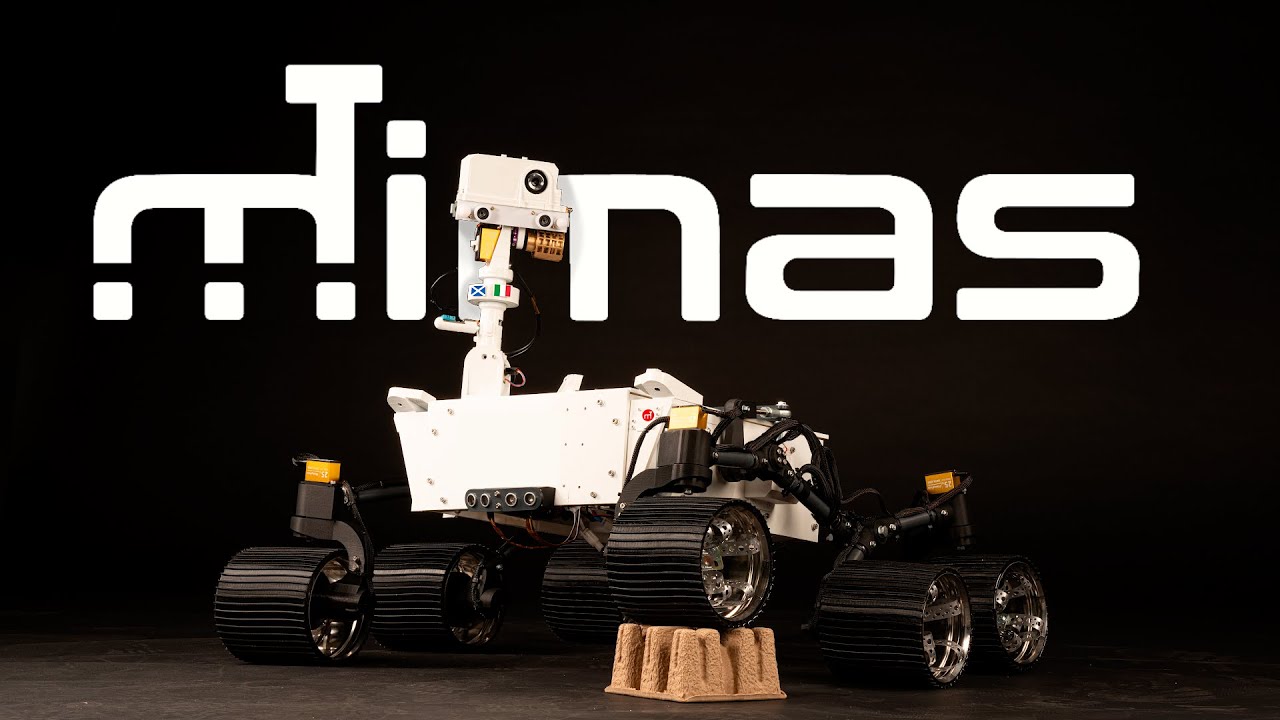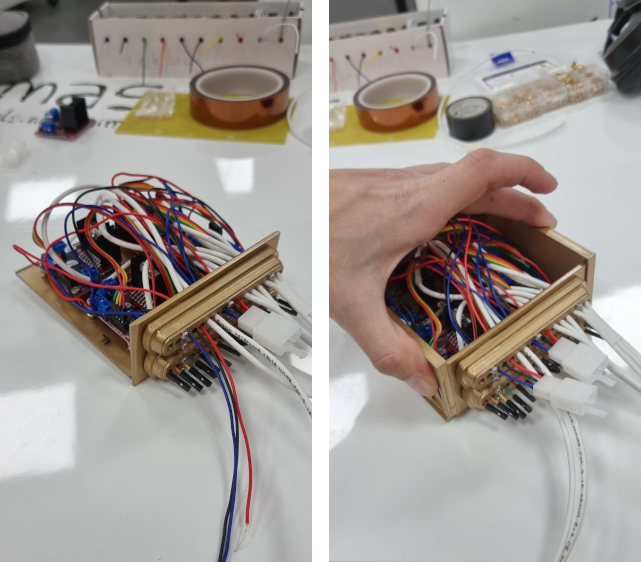The aim of this project is to analyse, design and create a model of a Mars Rover inspired by NASA/JPL's Perseverance and Curiosity Rovers. The prototype of Mimas is realized by a fourth-year student of Mechanical Engineering at Edinburgh Napier University as part of the Honours Project. The main focus is a reliable model of a Rocker-Bogie suspension system and a terrain-aware algorithm for autonomous navigation. The rover achieves self-driving on rough terrains using several cameras and sensors. The project is entirely OpenSource.
- Click here to watch the Project Teaser!
- Click here to watch the Short Documentary!
- University email: 40445471@live.napier.ac.uk
- Personal email: giorgio@clivio.net
PROJECT COMPLETION: 100%
The blog is currently under update. Python codes, Blender files and additional content will be released soon on Github.








